Yoga Vs Aerobics: Essential Guide To Choose The Best Workout
Discover if you want a heart-pounding workout or an all-round healthy lifestyle.

Image: Shutterstock
Many people wonder if it is better to do aerobics or yoga. If you are having a hard time deciding what you should do, don’t worry. We have got your back. First, it is crucial to understand the differences between yoga and aerobic exercises. Aerobic exercise entails boosting oxygen consumption in order to stimulate the body’s metabolism.i The process by which the body produces a set of life-sustaining chemical reactions that help convert food into energy. These exercises push the heart and lungs hard for minutes, strengthening them. It also improves cardiovasculari Diseases of the heart and blood vessels that are often caused due to raised blood pressure, high lipid levels, and an unhealthy diet. health. Yoga focuses on the mind-body connection. Yogasanas, meditation, and pranayamai The yogic practice of regulating one’s breathing by and focusing on it. In Sanskrit, “prana” means life, and “yama” means control. are all combined in this practice. It is more than simply a workout; it is a way of life. Keep reading to learn more about the differences between these two forms of exercises!

In This Article
Aerobic Exercises
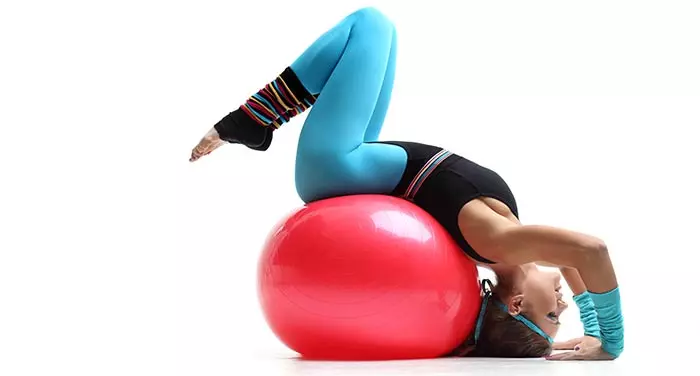
Aerobic exercise is a high-impact exercise that is also known as cardio exercise. The dictionary meaning of ‘aerobic’ is ‘relating to or utilizing oxygen’. These exercises involve, utilize, or increase oxygen consumption to stimulate the metabolism process in the body. These exercises strengthen the heart and lungs by making them work hard for several minutes or more. Aerobic exercises help the person to lose fat. It also provides cardiovascular benefits.
These exercises help burn many calories. Being a set of endurance training exercises, regular practice of aerobics is good for both the heart and lungs. Further, aerobics improves the cognitive capacity of a person to some extent. Aerobic exercise also helps in stress relief. Some examples of good aerobics exercises are running, cycling, swimming, rowing, cross-training etc.
 Quick Tip
Quick TipKey Takeaways
- Yoga and aerobics are both physical exercises that have their own benefits. They boost blood circulation and increase oxygen levels.
- Aerobics is a fast paced workout that includes high intensity, repetitive movements and helps burn calories.
- Yoga focuses on mindfulness, good posture, and correct breathing technique.
- Aerobics improves one’s cardiovascular health and strengthens the heart and lungs.
Yoga
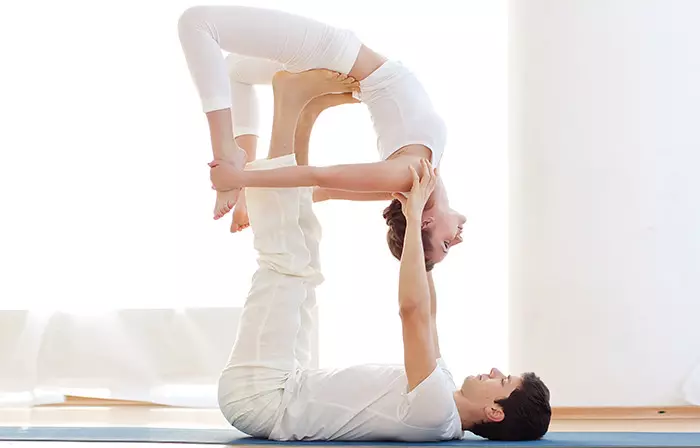
Yoga means union of body and mind. The state of yoga is when the mind gets quiet when practicing asanas (poses), pranayama (breathwork), and meditation techniques. This is how we move towards a state of yoga. Most people think that yoga is just a low-impact exercise that involves practicing a few asanas. But asanas are the most superficial aspect of yoga; they are just the entry point for many of us to begin our journey towards a more calm and quiet mental state. You progress with the physical body by practicing asana first, then with your breath by practicing pranayama, and lastly, with your mind through meditation. When you look at this journey towards self-improvement, you realize that the workout (the asanas) is just the first step, but there are many more steps along the path. This is why as you progress in your practice, you realize yoga is more than a workout; it is a lifestyle.
Yoga helps in weight management to an extent, but the main benefit of practicing asana is the improvement of strength and flexibility of the body. Incorporating power yoga for weight loss into your routine can boost metabolism and build strength, making it an effective and dynamic way to shed pounds. Most importantly, it gives us a sense of body awareness which helps us make better decisions that could potentially lead to weight loss. Yoga is good for strength training as most of the asanas are bodyweight poses. It forces the muscles to adapt and control, thus strengthening them. Yoga regulates the breathing process. Although practicing yoga may not increase your heart rate and respiratory rate as much as aerobic exercises, it still benefits both systems greatly. Many people now practice both in conjunction with each other to reap the exercise benefits of both.
Most of the benefits of yoga are internal, as it is a therapeutic physical activity. The longer you practice, the better your physical and mental states benefit. Meditation helps in relieving stress, anxiety, and tension. Yoga and meditation cure many illnesses like blood pressure, diabetes, arthritisi A common disorder that causes inflammation and swelling of one or more joints which deteriorates with age. , arthritisi , etc., and help in enhancing memory and cognitive function. Yoga helps improve muscle strength, joint health, and the development of bones and ligaments.
Ellie Mason, a blogger, tried yoga for 30 days and shared her experience in a blog post. She says, “Right now, I am still basking in the benefits of the physical challenge, sense of achievement, appreciation towards my body, gratitude, and improved sleep that yoga has brought me (i).”
Breathing Techniques In Yoga
Breathing techniques, also known as “Pranayama” in yoga, are integral to various yogic practices and help enhance one’s physical, mental, and emotional well-being. These techniques focus on controlling one’s breath, which, in turn, can influence life energy (“prana”) and balance the mind-body connection. Popular Pranayama exercises include:
- Anulom Vilom (Alternate Nostril Breathing): Balances left and right brain hemispheres and purifies energy channels.
- Kapalbhati (Skull Shining Breath): Invigorates the body with short, forceful exhales and passive inhales.
- Ujjayi (Ocean Breath): Generates heat through deep inhalations and exhalations and creates a soothing oceanic sound to calm the mind and enhance focus.
- Bhramari (Bee Breath): Involves humming during exhalation and promotes relaxation and mental clarity.
Regular practice of Pranayama can boost respiratory efficiency, reduce stress, and cultivate mindfulness.
Regular practice of Pranayama can boost respiratory efficiency, reduce stress, and cultivate mindfulness.
Comparison Between Yoga And Aerobics

On comparing the two styles of exercising, we find marked similarities and differences. If your goal is to lose fat, then yoga is not your style of exercise. Practicing yoga does not focus on caloric expenditure like aerobics does. Here is a breakdown of the approximate calories burned per hour for various yoga practices and aerobic exercises:
Vinyasa Yoga: 300-400 calories
Hatha Yoga: 200-300 calories
High-Intensity Aerobics: 500-800 calories
While yoga may burn fewer calories per hour compared to high-intensity aerobic exercises, it offers numerous other health benefits, including improved flexibility, balance, and stress reduction.
On the other hand, yoga does have many physical benefits. Its asanas involve mindful movement that help to improve your mental state.
While aerobics is important to strengthen your heart and lungs, yoga is necessary to help alleviate the anxiety and stress of everyday life. Aerobics consists of dynamic movements and can increase the impact on your joints. Exploring various types of aerobic dances can add fun and diversity to your fitness regimen while improving cardiovascular endurance and coordination.Yoga, on the other hand, can keep your muscles and joints more pliable. Yoga improves the immunity power of the body while aerobics boosts metabolism.
 Quick Tip
Quick TipWhat Should You Do?
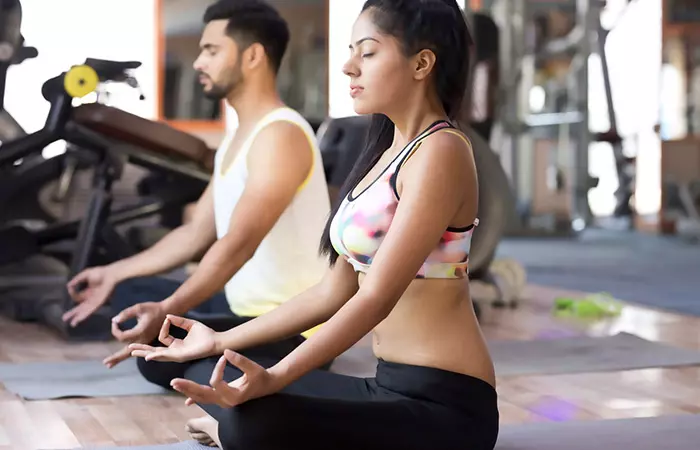
The right answer would be to include both aerobics and yoga in your routine as both offer benefits to make your body healthy and strong. But if you are suffering from any joint-related problem, avoid aerobics and lean more towards yoga. Similarly, if your goal is to lose weight and build muscles, you should do more resistance training aerobics. Otherwise, the ideal workout routine would be one, which has both yoga and aerobics in it.
Infographic: Yoga Vs. Aerobics: What You Need To Know
While both yoga and aerobics can help improve your fitness levels and promote overall well-being, there are key differences between them. If you are still confused about which physical activity is the best for you, don’t worry. We have got you covered. Check out the infographic below to get a better understanding of both aerobics and yoga to help you make an informed decision about your health.

Illustration: StyleCraze Design Team
There are quite a few differences between yoga and aerobic exercises. Although they both help improve your health, they work differently. If you are confused about which one to go with, first figure out your fitness goal before planning your fitness routine. If you want to burn fat, go for aerobic exercises, which increase oxygen uptake and kick start metabolism. On the other hand, opt for yoga if you aim for lean muscle mass. Also, yoga is good for those with knee/joint issues, while aerobic exercises are not. If your health permits, it is ideal to include both forms in your exercise routine for the all-round development of your health. Consult a fitness expert if you want to pick only one of these. They may help you choose what is better for you depending on your body composition and health condition.
Frequently Asked Questions
Should I do yoga before or after aerobic exercise?
It is better to do yoga after aerobic exercise. But if you need to do yoga before aerobic exercise, ensure you do it a couple of hours prior.
Can you get a cardio workout with yoga?
Yes. Certain forms of yoga, like the Vinyasa yoga, can be considered cardio. Practicing this yoga form 3-5 times a week can help improve your overall fitness.
When should you not do yoga?
While yoga can be a safe and beneficial practice for most people, it is best to avoid yoga in case of pregnancy, chronic ailments like arthritis and osteoporosis, high blood pressure, and recent injury or surgery.
Which time is best for aerobics?
The best time for aerobics can vary depending on individual preferences and schedules. We recommend doing aerobics in the morning, as it can help you start the day feeling energized and establish a consistent exercise routine.
How many minutes of aerobics a day?
A few minutes of aerobic activity per day can have significant health benefits. The exact amount of aerobics you need may depend on one’s fitness goals, current fitness level, and other factors like age and health status. A beginner must start slowly and gradually increase their exercise time and intensity with time. Engage in at least 30 minutes of moderate aerobic exercise or 15 minutes of vigorous aerobics per day for five days weekly. Consult a health professional before starting aerobics in case of health concerns or medical conditions.
Can yoga and aerobic exercises help in the management of chronic conditions such as diabetes and high blood pressure?
Both yoga and aerobic exercises may help manage chronic conditions like diabetes and high blood pressure. Yoga poses like forward bends and twists may stimulate the pancreas and improve insulin sensitivity. Breathing exercises like pranayama can help reduce stress and promote relaxation. Aerobic activities like walking, running, cycling, and swimming may help improve blood glucose control and cardiovascular health by reducing blood pressure and cholesterol levels in people with diabetes. Remember to consult a doctor in case of chronic ailments before starting an exercise program.
How often should one practice yoga or aerobic exercises to achieve optimal results?
The frequency may vary depending on factors like one’s fitness level, health status, or fitness goal. We recommend balancing a daily yoga practice with other forms of exercise like aerobics and strength training for improved flexibility, balance and relaxation.
Discover the difference between exercise and yoga and how they can positively impact your health and well-being! Watch this video now and embark on a journey to a healthier and more balanced lifestyle.
Personal Experience: Source
StyleCraze's articles are interwoven with authentic personal narratives that provide depth and resonance to our content. Below are the sources of the personal accounts referenced in this article.
i. 30 days of yoga challengehttps://medium.com/@ellieloumason94/30-days-of-yoga-challenge-469392482d51
Read full bio of Patrick Franco
Read full bio of Shirin Mehdi
Read full bio of Arshiya Syeda
Read full bio of Moksha Gandhi







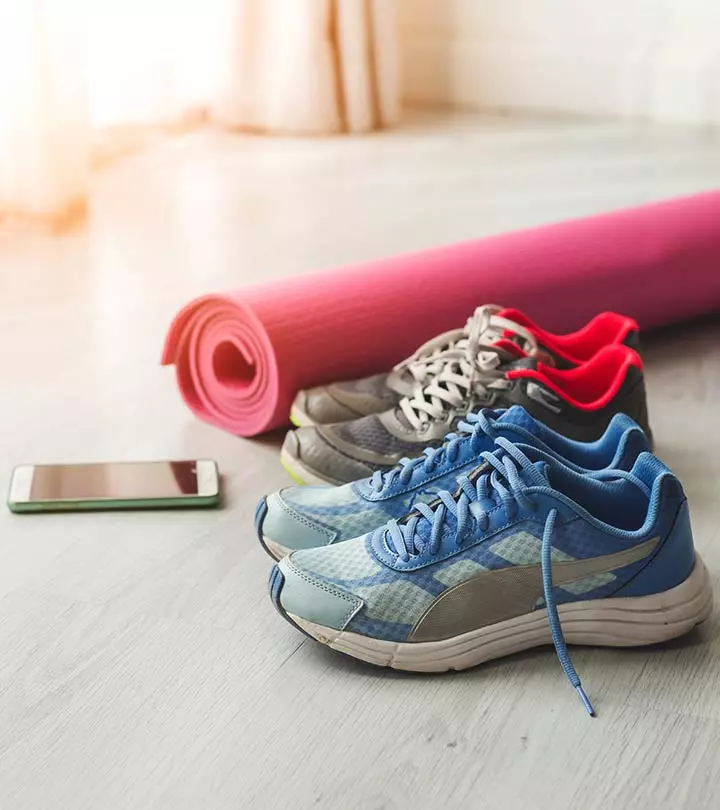

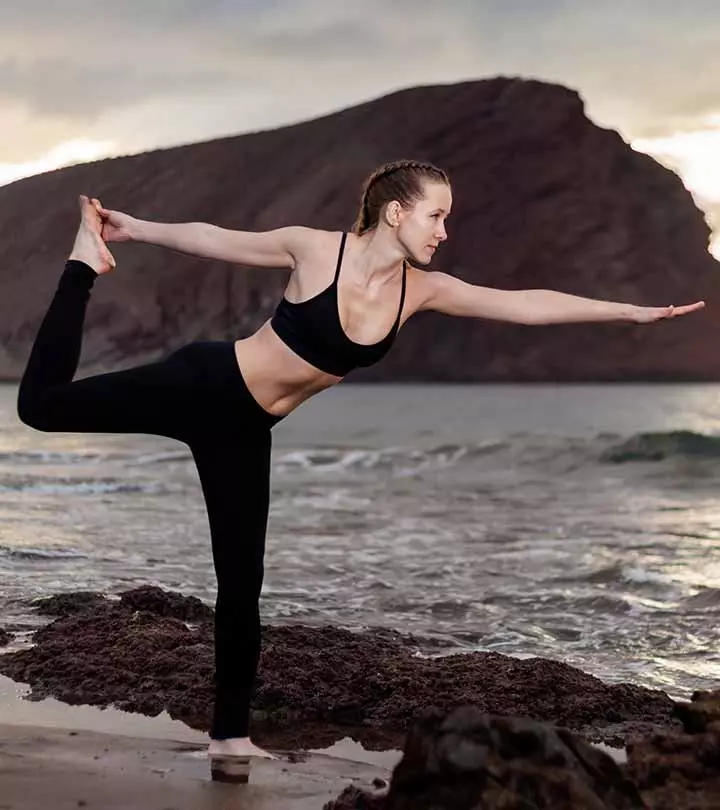



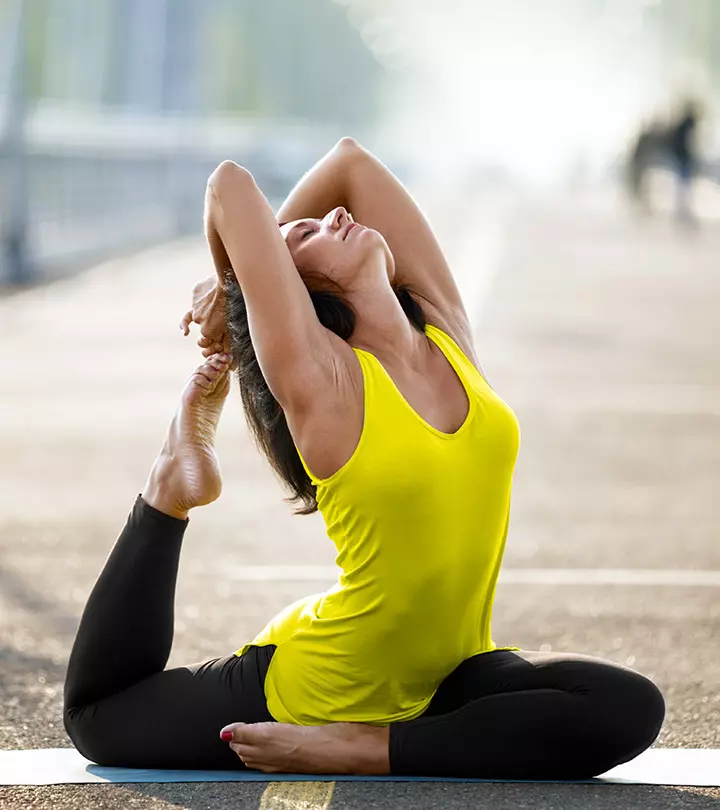

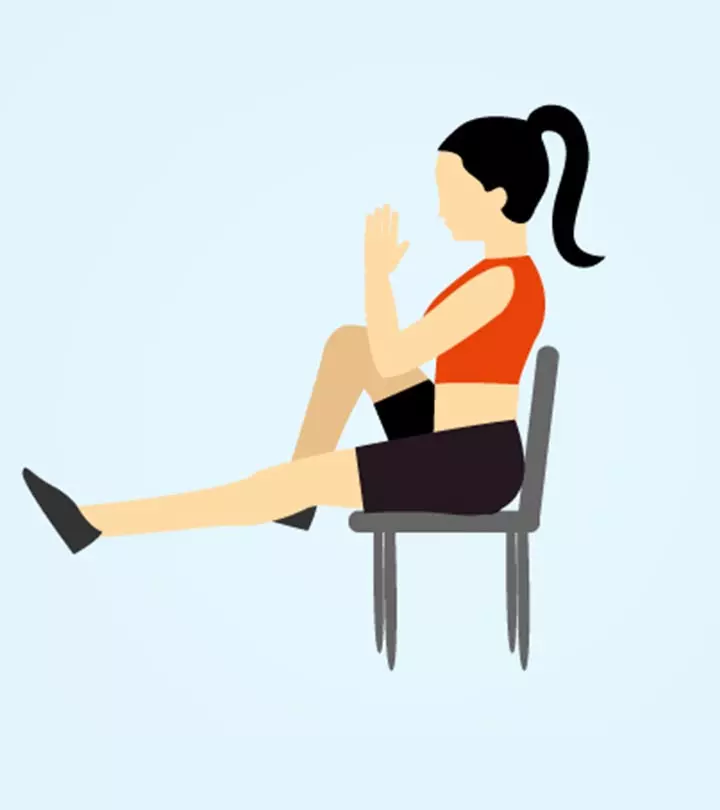


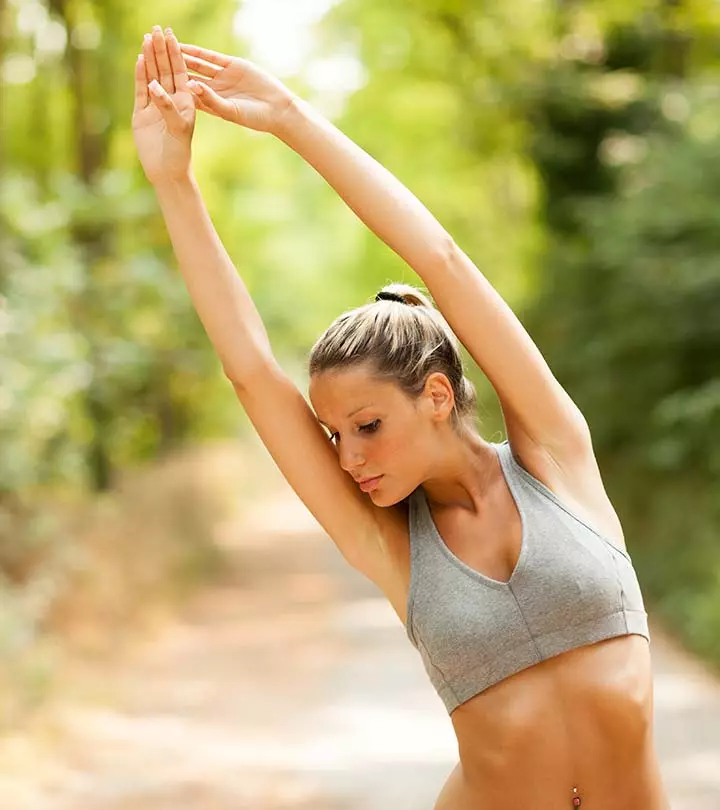


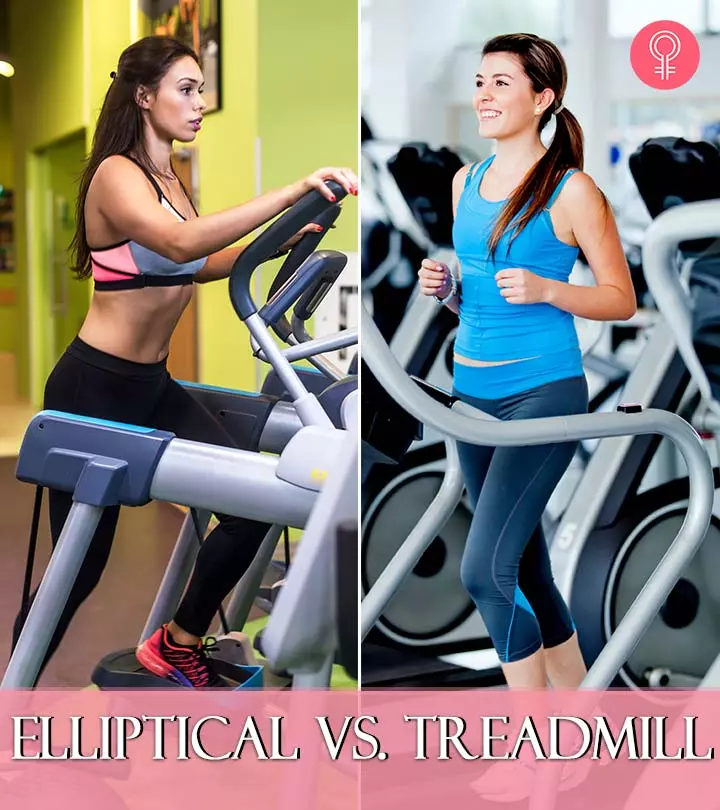

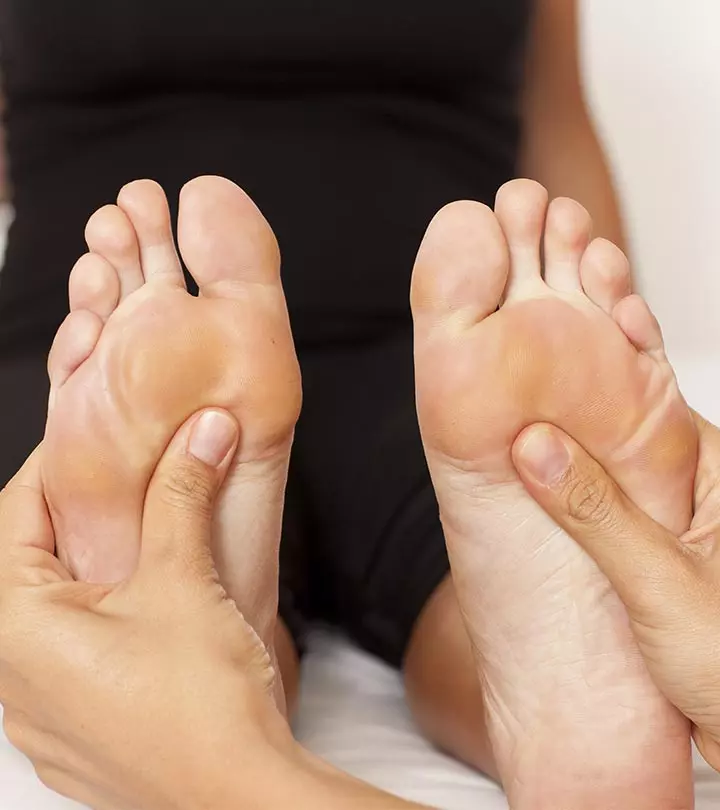


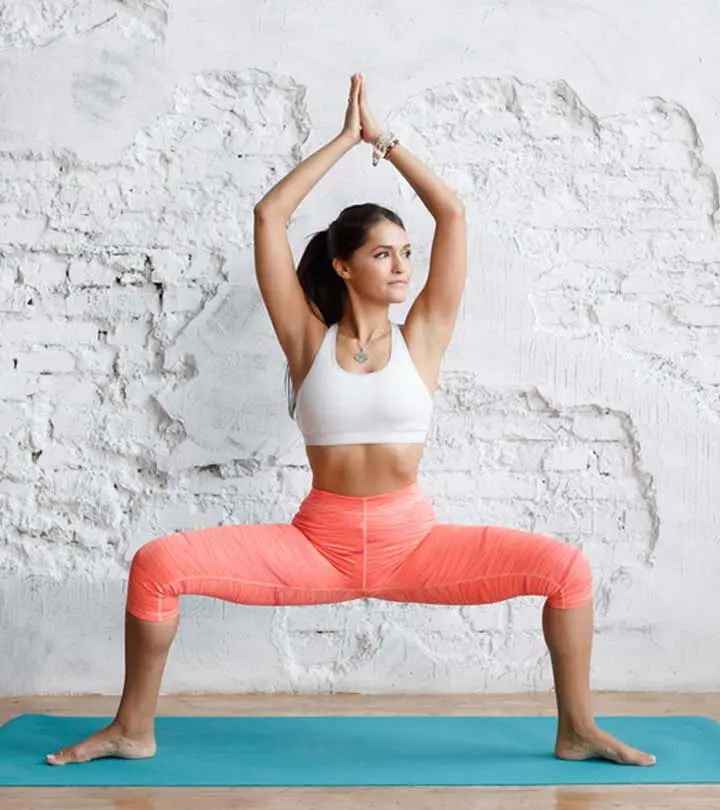

Community Experiences
Join the conversation and become a part of our empowering community! Share your stories, experiences, and insights to connect with other beauty, lifestyle, and health enthusiasts.